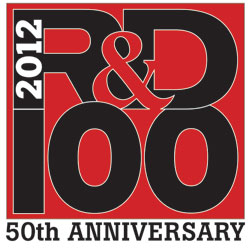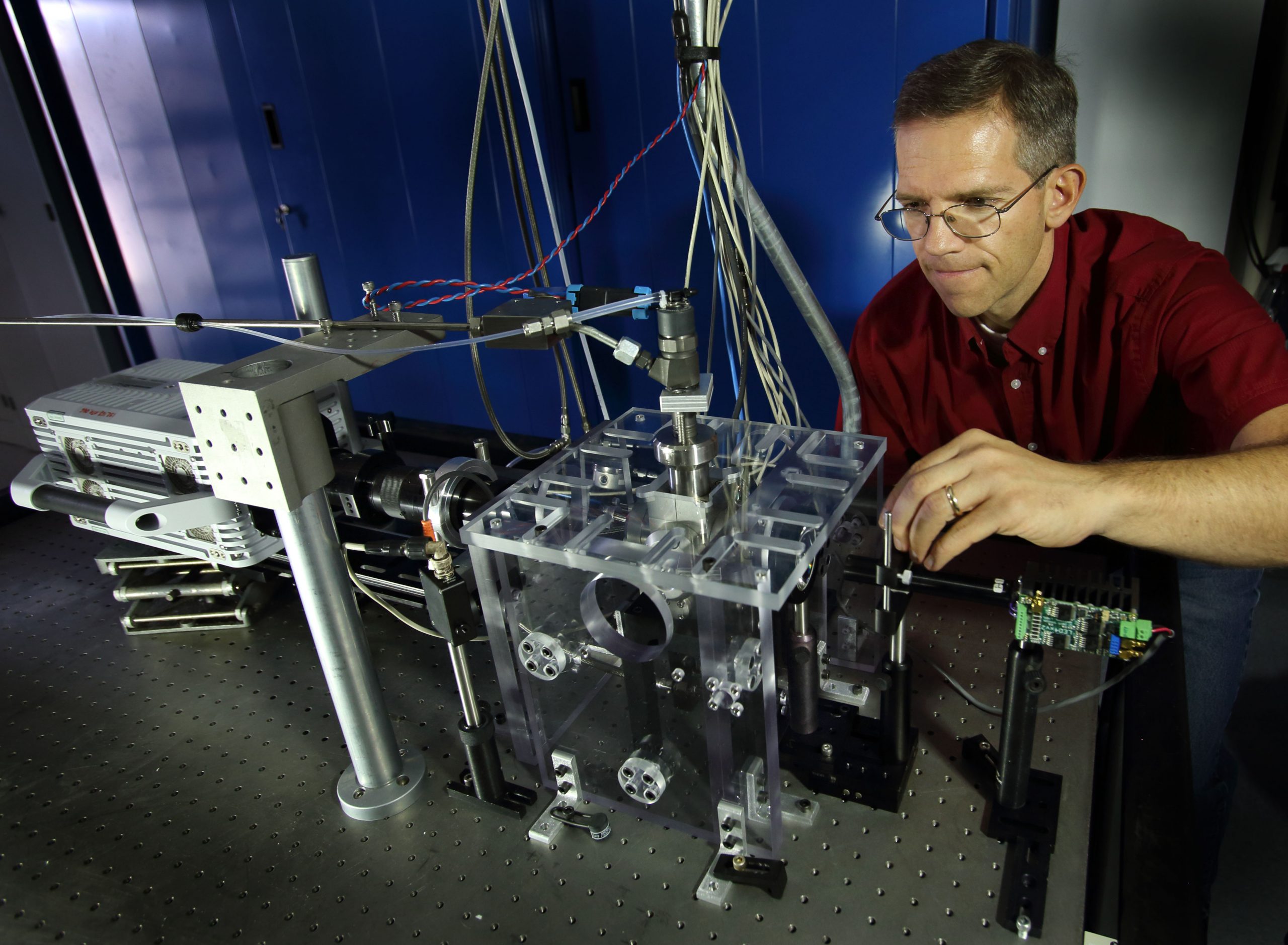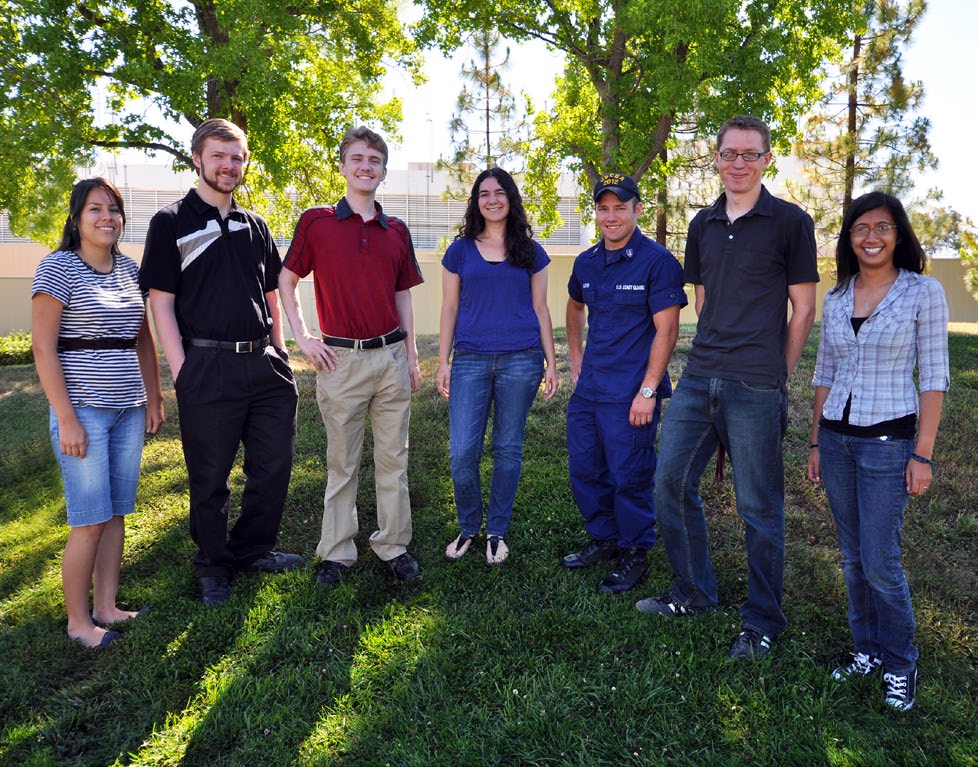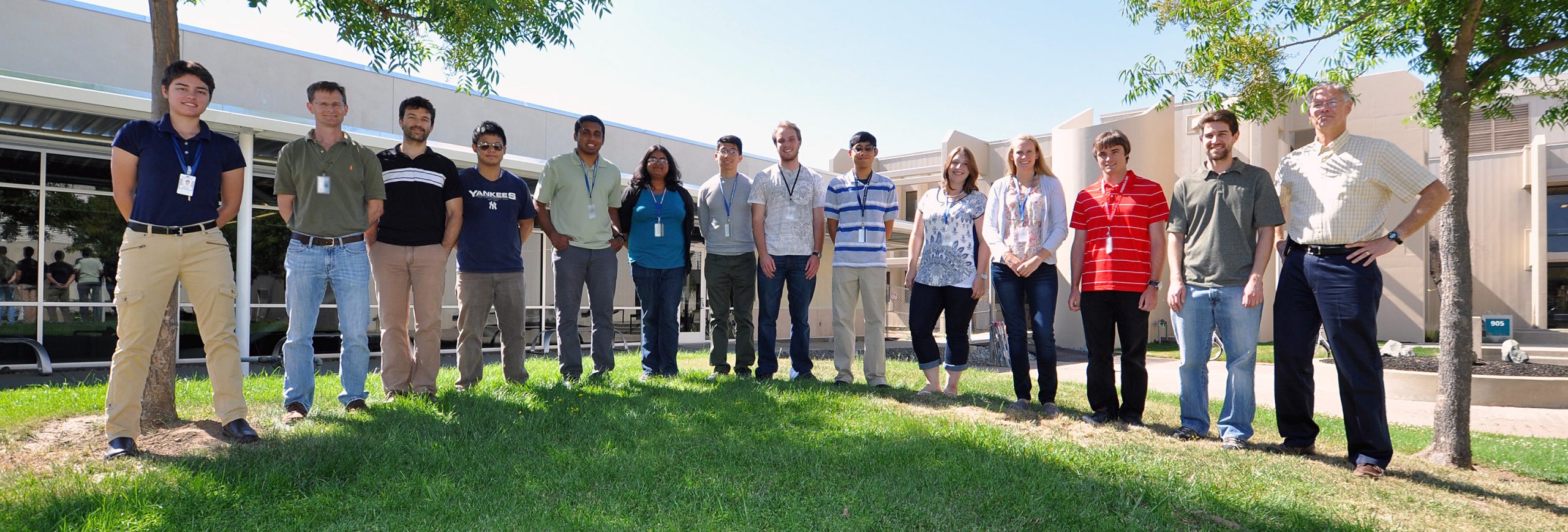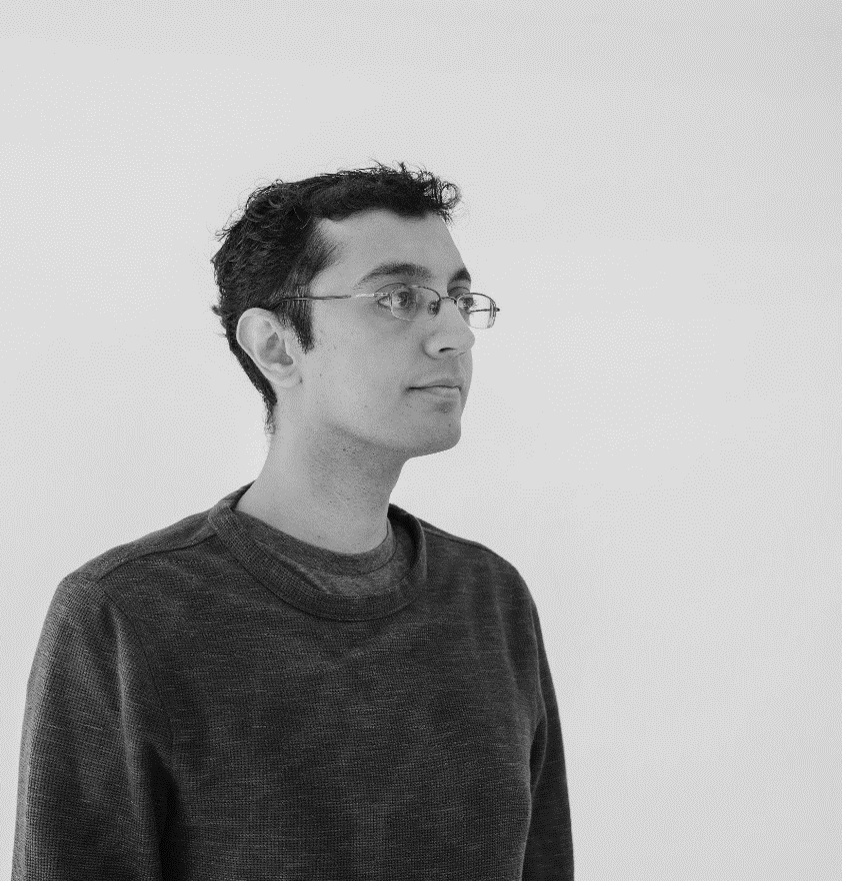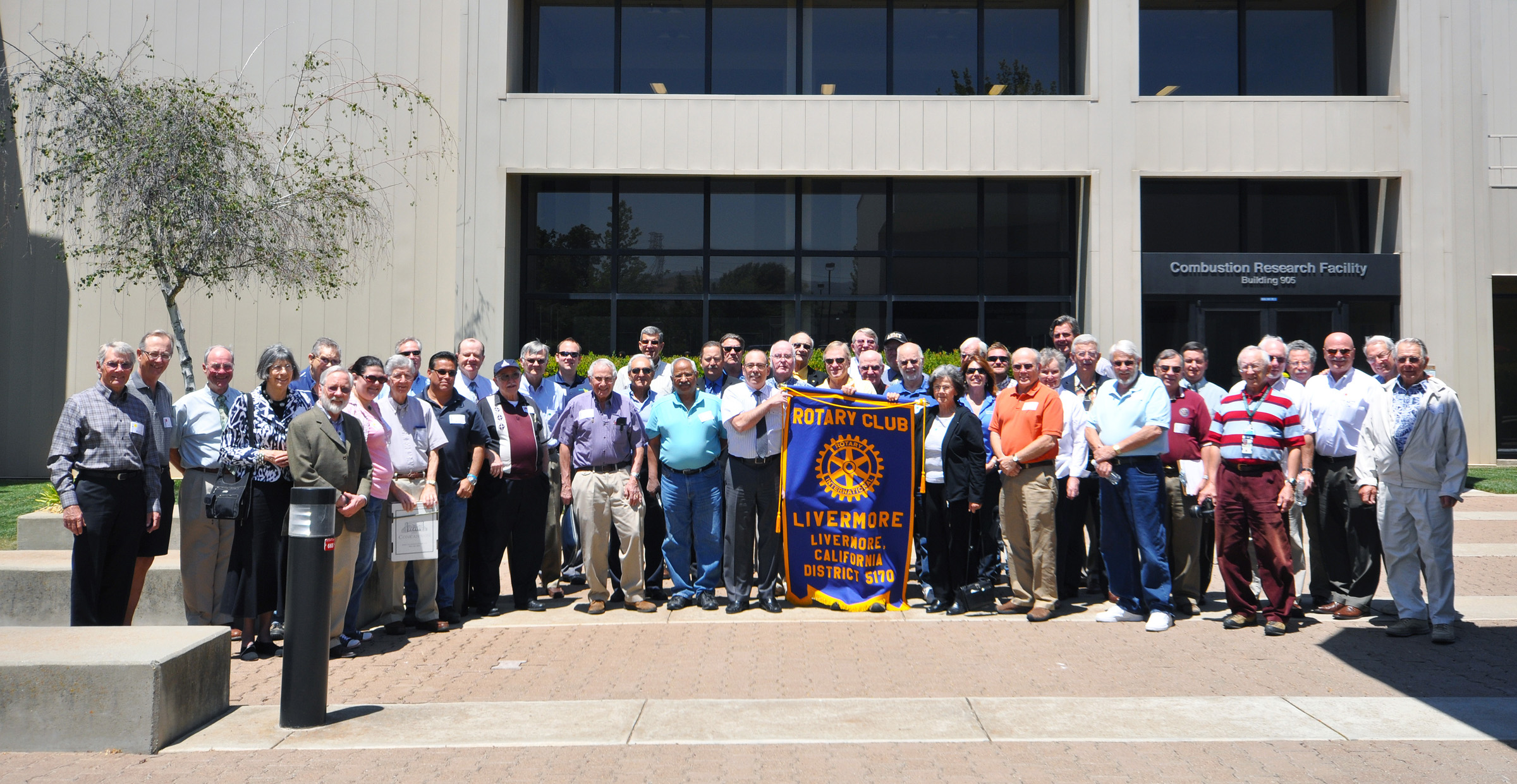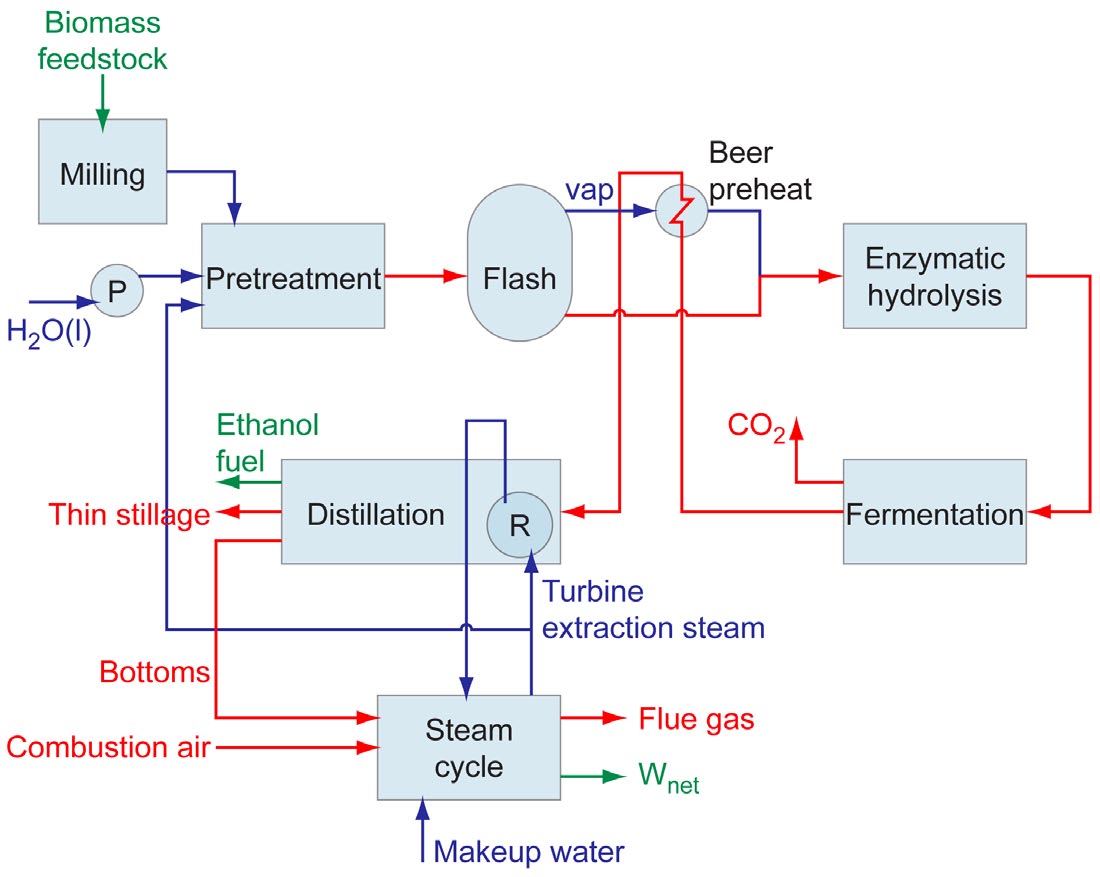Post, December 12, 2013 • As part of a broader effort to coordinate clean-energy research across the Pacific Ocean, Sandia National Laboratories is hosting a meeting with the Japan National Institute of Advanced Industrial Science and Technology (AIST) on December 13, 2013. Attendees from AIST and the U.S. national labs will be joined by representatives...


